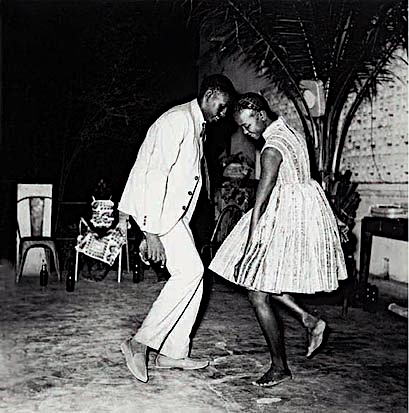Introduction to African Art

Sure, Africa is big. So are the histories of its expressive cultures. But by studying just a selected group of African and African Diaspora cultures, we'll be able to begin thinking about pivotal issues and stories behind the surfaces of some extraordinary objects and practices.
African people have their own stories to tell about these things: tales of mythic power expressed as living form, histories of contact with other cultures, stories of struggle, redemption, and ordinary, everyday life. And we in "the West" have also had a decisive, often disturbing hand in the framing of African peoples, objects and stories. Histories of colonialism and the Atlantic slave trade, alongside distorted views and images of what African people are and what they do, have affected us all to the core. When we look at and think critically about "African Art," then, we must also look at and think critically about ourselves. The goal is to understand aspects of African cultures in terms by which Africans understand them—to know African ideals and realities as shaped in word, sound, matter and movement. Dialogue is always key. In lectures and weekly discussion sections, in words, pictures, films, sounds, and live performance, we'll examine objects and the stories that surround them. Looking and listening closely, we'll learn to see and understand a wide range of African visual practices including architecture, textiles, body adornment, painting, graphic communication systems, photography, dance, ritual performance and, of course, sculpture—not only as these practices continue to unfold on the African continent, but also as they are transformed, and as they endure, in the African Diaspora and the world at large.
Fulfils LSA Race & Ethnicity Requirement
HISTART Distribution Requirements: Sub-Saharan Africa, Latin America and the Caribbean, Modern and Contemporary